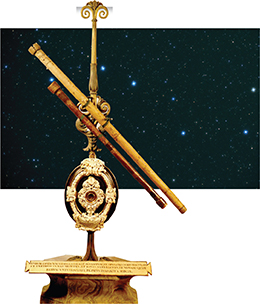26.4 Groups of Stars
Reading Focus
Key Concepts
 How are stars distributed in space?
How are stars distributed in space? What are the characteristics of each type of star cluster?
What are the characteristics of each type of star cluster? What are the types of galaxies?
What are the types of galaxies?
Vocabulary
constellation
star system
binary star
globular cluster
galaxy
spiral galaxies
barred-spiral galaxies
elliptical galaxies
irregular galaxies
quasars
Reading Strategy
Comparing and Contrasting Copy the table below. After you read, compare types of star clusters by completing the table.
Cluster Type |
Appearance |
Age and Type of Stars |
|---|---|---|
Open cluster |
a. |
b. |
c. |
d. |
Bright, young stars |
e. |
Spherical, densely packed |
f. |
Ancient observers saw a night sky that was full of stars. They imagined that groups of stars formed pictures of people or animals in the sky. A group of stars that appears to form a pattern as seen from Earth is called a constellation. The Big Dipper, for example, is part of the constellation Ursa Major. The stars in a constellation are generally not close to one another. They just happen to lie in the same general direction of the sky as seen from Earth. Constellations are important to astronomy because they help to form a map of the sky. Modern astronomers divide the sky into 88 constellations. You can find a set of star maps in Appendix H at the end of this book.
Figure 20 When Giovanni Riccioli used a telescope like this one to observe a star in the handle of the Big Dipper, he discovered two stars that orbit each other.

Star Systems
When you wake up each morning and look out your window, a single star, the sun, greets you with its bright light. However, if you were somewhere else in the universe, the view might be quite different. Imagine what the sky would look like if your solar system had two, three, or even four stars. The stars might all be visible in the sky at the same time, or some might be visible while others were below the horizon. It would be hard to say exactly what a “day” would be on such a planet. You might think that this sounds like a scene from a science fiction movie. But, in fact, most stars occur in groups of two or more.





